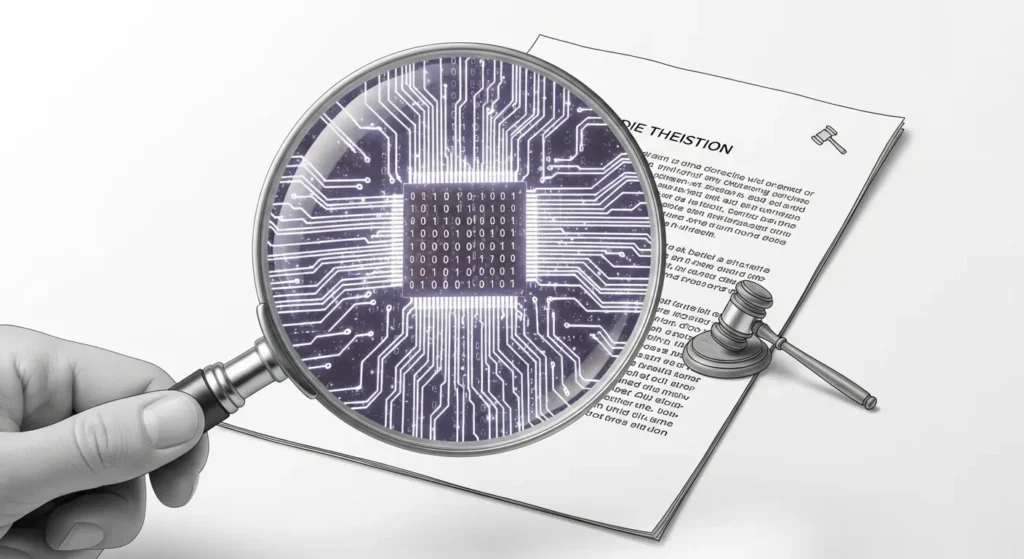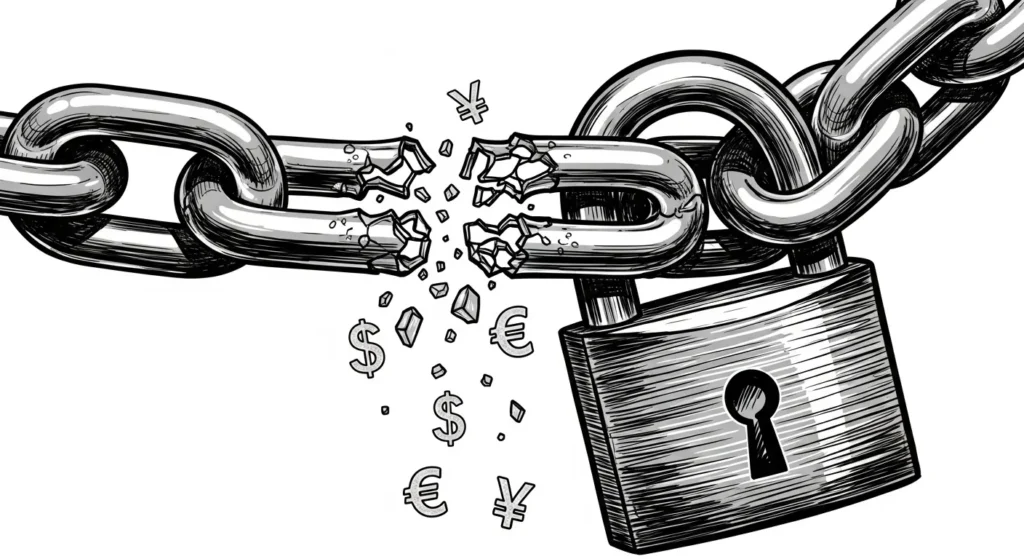A wave of AI regulation is sweeping across the globe, forcing businesses to navigate a complex and evolving landscape of new rules. From the European Union’s landmark AI Act to the United States’ multi-layered approach and China’s focus on content control, understanding these regulations is no longer optional—it’s a critical component of any successful AI strategy.
This comprehensive guide will break down the key AI regulations you need to be aware of, what they mean for your business, and how you can prepare for compliance.
We’ll explore the specific requirements in major global regions, the hefty penalties for non-compliance, and provide practical steps to ensure your organization is ready for the new era of AI governance.
The Global AI Regulatory Landscape: A Snapshot
Governments worldwide are taking action to mitigate the risks associated with artificial intelligence while trying to foster innovation.
The approaches vary, but a common thread is the focus on transparency, accountability, and the protection of fundamental rights.
Here’s a high-level look at the key players and their regulatory philosophies.
| Region/Country | Key Regulation/Approach | Primary Focus | Status |
| European Union | EU AI Act | Risk-based approach, with stricter rules for high-risk AI systems. | In effect, with phased implementation. |
| United States | Multi-layered: Federal Executive Orders & State-level laws (e.g., Colorado AI Act) | Promoting innovation while addressing risks; focus on fairness, transparency, and safety. | A mix of executive orders and enacted state laws. |
| China | Interim Measures for Generative AI, Algorithm Provisions | National security, social stability, and content control. | In effect. |
Table of Contents
Deep Dive: Understanding the Key Regulations

The European Union’s AI Act: A Risk-Based Framework
The EU’s AI Act is the world’s first comprehensive legal framework for AI and is set to have a significant global impact.
It categorizes AI systems based on their potential risk to individuals.
The Four Risk Tiers of the EU AI Act:
- Unacceptable Risk: AI systems that are considered a clear threat to the safety, livelihoods, and rights of people will be banned. This includes social scoring by governments and AI that manipulates human behavior to circumvent users’ free will.
- High-Risk: AI systems that could negatively impact safety or fundamental rights are subject to strict requirements. This includes AI used in critical infrastructure, medical devices, and for recruitment or credit scoring purposes.
- Limited Risk: These AI systems have specific transparency obligations. For example, users must be aware that they are interacting with an AI system, such as a chatbot.
- Minimal Risk: The vast majority of AI systems fall into this category, and the Act does not impose any legal obligations on them. However, providers of such systems can voluntarily commit to codes of conduct.
What Businesses Need to Do to Comply with the EU AI Act:
Organizations using or developing high-risk AI systems will need to:
- Conduct conformity assessments to ensure their systems meet the Act’s requirements.
- Establish a robust risk management system.
- Ensure high-quality data sets are used to train AI models to minimize bias.
- Maintain detailed documentation on how the AI system was built and how it works.
- Ensure human oversight is possible.
- Provide clear information to users.
The United States: A Patchwork of Federal and State Rules
The U.S. is taking a more sector-specific and decentralized approach to AI regulation.
At the federal level, executive orders have focused on promoting AI innovation and leadership while encouraging voluntary risk management frameworks.
However, the real action is increasingly happening at the state level.
Key U.S. AI Regulatory Developments:
- Executive Orders: Recent administrations have issued executive orders aimed at establishing principles for the trustworthy development and use of AI within the federal government and encouraging the private sector to adopt similar practices. The current administration has shifted focus towards reducing regulatory barriers to maintain U.S. leadership in AI innovation.
- State-Level Legislation: States are stepping in to fill the federal void. A notable example is the Colorado AI Act, which was the first comprehensive AI law in the U.S. and focuses on preventing algorithmic discrimination. Other states are also introducing bills addressing various aspects of AI, from deepfakes in political advertising to the use of AI in hiring.
This state-by-state approach creates a complex compliance landscape for businesses operating across the U.S.
China: Prioritizing Security and Social Harmony
China’s approach to AI regulation is characterized by a strong government hand, with a primary focus on maintaining national security and social stability.
The regulations are designed to ensure that AI development aligns with the country’s social values.
Key Pillars of China’s AI Regulations:
- Generative AI Services: Providers of generative AI services must undergo a security assessment and receive a license before launching their products to the public. They are also responsible for the content generated by their services.
- Algorithm Filing: Companies using recommendation algorithms are required to file details of their algorithms with the Cyberspace Administration of China.
- Content Moderation: There are strict rules requiring AI-generated content to adhere to “core socialist values.”
Foreign companies looking to operate in the Chinese market must be prepared to navigate these stringent requirements.
The Price of Non-Compliance: Hefty Penalties Await

Regulators are putting teeth into these new rules with significant fines for non-compliance.
| Region | Potential Penalties for Non-Compliance |
| European Union | Fines of up to €35 million or 7% of global annual turnover, whichever is higher, for the most serious violations of the AI Act. |
| United States | Penalties vary by state and federal law but can include significant fines and legal action. |
| China | Fines, suspension of services, and potential criminal liability for serious offenses. |
Your Roadmap to AI Compliance: A Practical Checklist

Preparing for the new wave of AI regulation requires a proactive and structured approach. Here’s a checklist to guide your organization:
- [ ] Conduct an AI Systems Inventory: Identify all AI systems currently in use or under development within your organization.
- [ ] Classify Your AI Systems: Determine the risk level of each AI system based on the relevant regulatory framework (e.g., the EU AI Act’s risk tiers).
- [ ] Establish an AI Governance Framework: Create clear policies and procedures for the development, deployment, and monitoring of AI systems.
- [ ] Implement a Risk Management Process: For high-risk systems, establish a continuous process to identify, assess, and mitigate risks.
- [ ] Ensure Data Governance and Quality: Put in place robust data governance practices to ensure the quality and integrity of the data used to train your AI models.
- [ ] Prioritize Transparency and Explainability: Be prepared to explain how your AI systems make decisions.
- [ ] Maintain Comprehensive Documentation: Keep detailed records of your AI systems’ design, development, and performance.
- [ ] Foster AI Literacy: Provide training to employees on the ethical and responsible use of AI and the new regulatory requirements.
- [ ] Stay Informed: The regulatory landscape is constantly evolving. Continuously monitor for new developments and update your compliance strategy accordingly.
The Impact on Business: Challenges and Opportunities
While the new regulations present compliance challenges, particularly for small and medium-sized enterprises (SMEs) with limited resources, they also offer opportunities.
By embracing responsible AI practices, businesses can build trust with customers, enhance their brand reputation, and gain a competitive advantage.
The regulations are also designed to foster innovation by providing legal clarity and a level playing field.
For example, the EU AI Act includes provisions for “regulatory sandboxes” to allow businesses to test innovative AI systems in a controlled environment with regulatory guidance.
Frequently Asked Questions (FAQ)
When do these new AI regulations come into effect?
The EU AI Act is already in force, with a phased implementation over the next few years. In the U.S., the Colorado AI Act is in effect, and other state laws are being introduced. China’s key AI regulations are also currently in effect.
Do these regulations apply to my business if we are not based in the EU or China?
Yes, in many cases. The EU AI Act, for instance, has an extraterritorial scope. It applies to any provider placing an AI system on the EU market, regardless of where the provider is based. Similarly, China’s regulations can apply to foreign companies offering AI services in China.
What is the single most important thing my business can do to prepare for AI regulations?
Start by understanding what AI systems you are using and for what purpose. A comprehensive inventory is the foundational step for any compliance effort.
Where can I find more information about specific AI regulations?
You can refer to the official websites of the respective regulatory bodies, such as the European Commission for the EU AI Act and the Cyberspace Administration of China. For the U.S., it is important to track both federal and state-level legislative developments.